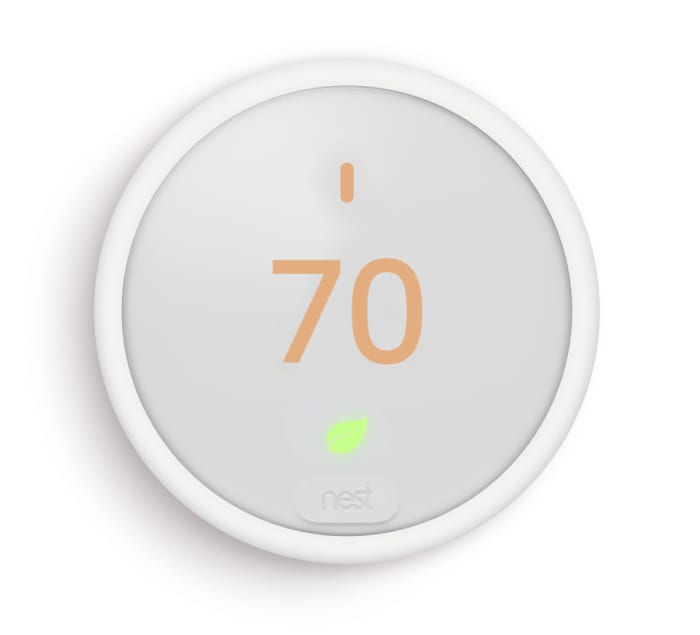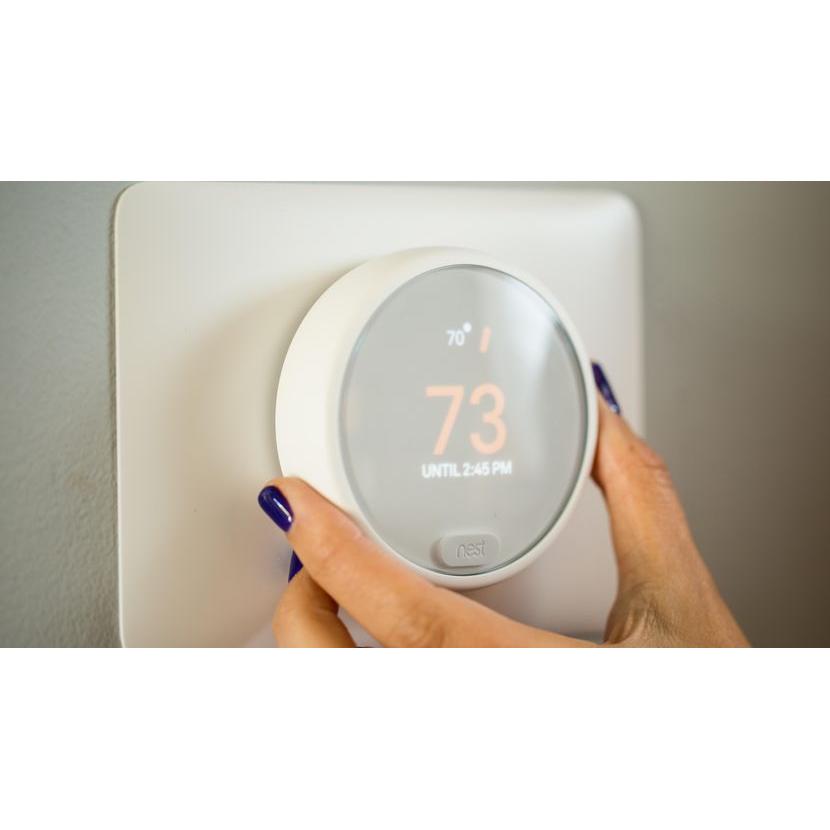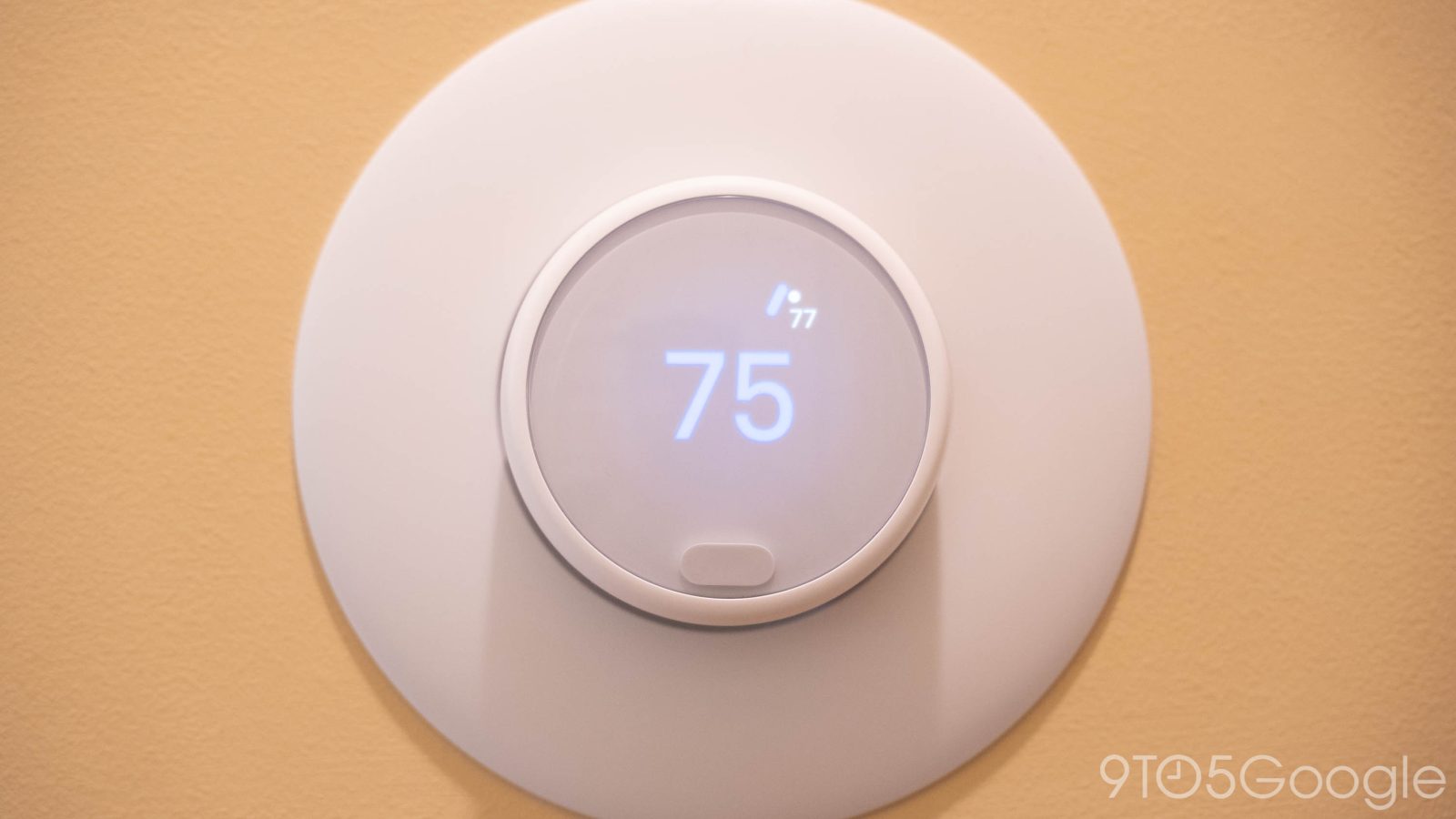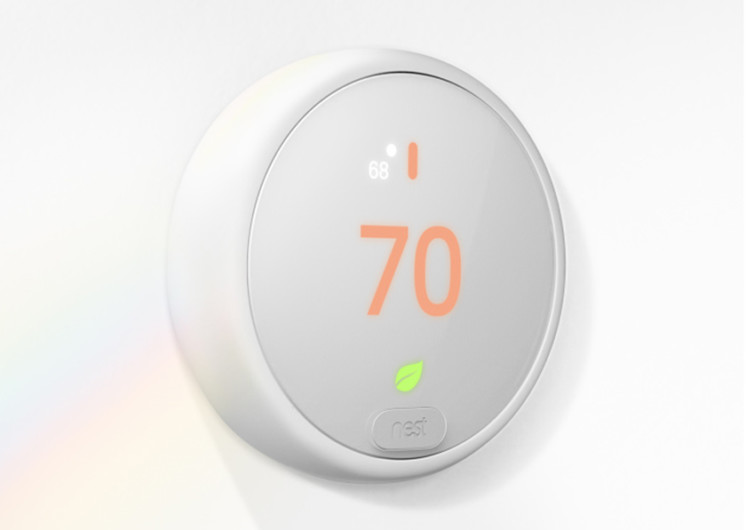What Is E On A Thermostat

nest Hello Wiring Diagram, Nest Hello Advanced Wiring Diagram, 6.25 MB, 04:33, 63,749, gt8monster, 2018-06-16T10:14:46.000000Z, 19, Nest Hello Doorbell: 18 Questions/Answers You Need To Know - Smart Home Point, www.smarthomepoint.com, 1057 x 852, png, nest diagram hello doorbell wiring google camera chimes chime install multiple lh4 googleusercontent answers questions know need pre, 20, %ef%bb%bfnest-hello-wiring-diagram, Anime Arts
If you jumper it and split it, when you are setting up the thermostat, tell it your old thermostat has both an e and a w wire. The app will tell you to put the w wire on w1 and the e wire on *, then when it asks you what the wire that is attached to *. Some thermostats for heat pumps have an e terminal, which toggles emergency heat on or off. Emergency heat should only be used on very cold days when the heat pump is unable to keep the house warm.
According to the us department of energy, it's best to keep your thermostat at 68 f for most of the day during the winter season. For maximum efficiency, you should also designate eight hours per. When browsing through smart thermostats, you will often come across the statement that a ' c' wire is needed. The 'c' wire (short for 'common' wire) is the wire that actually provides the power to operate your thermostat. Although there are some options available if you do not have a 'c' wire (see below), having one opens up a. The 'e' wire, usually but not always brown or black, goes the the emergency heat terminal on majority of thermostats, however on a nest, it should do internally. First understand what it does, in the heat mode, your nest will be calling for yellow, (outdoor unit wire, it energizes in both summer and winter), the green which energizes your blower motor on the air handler, and on. The nest thermostat e works with most 24v systems, including forced air, variable speed, heat pump and radiant systems, as well as common fuel types such as natural gas, electricity and oil. One stage of heating and cooling, and a second stage of either heating or cooling • heat pumps:
Nest's new Thermostat E is designed to disappear - Acquire

Nest Thermostat E

Nest Thermostat E is 'no longer available' - 9to5Google

Nest Thermostat E with Amazon Alexa Support | Gadgetsin

Nest Thermostat E is Official at Just $169, Available Now | Droid Life
Nest Thermostat E - GearHungry

Google Nest Thermostat E – EDF Energy Smart Home Store

Nest Thermostat E review: Hands-on with Nest's cheaper, smaller smart thermostat | Expert Reviews
Nest Thermostat E Aims For Mass Market Appeal At $169: How Is It Different Than Its $249 Sibling?

Emerson 1F78-151 Single-Stage Programmable Digital Thermostat, 5-2 Day, Easy-to-read display
